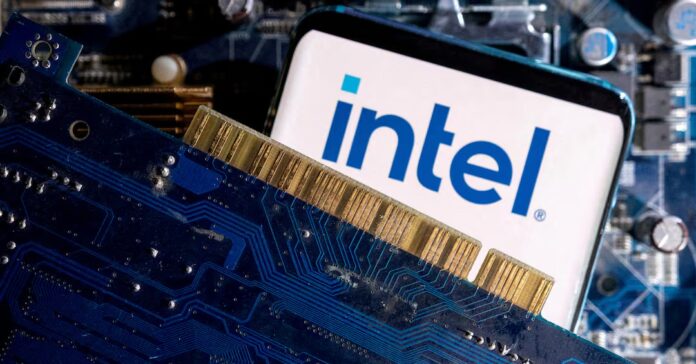Intel to Cut Over 2,000 Jobs in Major Cost-Saving Initiative Amid Revenue Decline
Intel Corporation, a leading player in the chipmaking industry, is undergoing significant restructuring as it grapples with declining revenues and changing market dynamics. The company is reportedly laying off over 2,000 employees across multiple locations in the United States as part of an extensive cost-cutting initiative aimed at improving its financial health and operational efficiency.
The layoffs are distributed across several states, with Oregon experiencing the most significant impact. Intel, the second-largest private employer in Oregon, is set to lay off approximately 1,300 employees in the state, particularly in the Aloha and Hillsboro areas. Other affected locations include Arizona, California, and Texas, with 385, 319, and 251 employees respectively facing job cuts. These layoffs reflect Intel’s broader strategy to streamline its workforce in response to declining demand for its products.
The decision to implement mass layoffs is part of Intel CEO Pat Gelsinger’s comprehensive plan to reduce expenses by $10 billion. This move comes amidst a challenging period for the chipmaking industry, marked by fluctuating demand and intense competition. Gelsinger has emphasized the importance of managing cash flow and liquidity to stabilize the company’s financial position. The layoffs are a critical component of Intel’s strategy, which also includes delaying the launch of new facilities outside the US and reorganizing its contract chip manufacturing business.
The layoffs are scheduled to commence on November 15. Employees will be given either a 60-day notice period or a four-week notice with additional pay and benefits. This approach aims to provide some level of support and transition assistance to the affected workers as they navigate this difficult period.
Intel’s restructuring and cost-cutting measures extend beyond the layoffs. The company is reevaluating its global operations and making strategic adjustments to adapt to the evolving market landscape. This includes postponing the launch of new facilities outside the US, a move likely designed to conserve capital and focus on core business areas that offer the highest return on investment.
Intel’s decision to lay off a substantial portion of its workforce is not an isolated incident within the tech industry. The sector as a whole is experiencing significant turbulence, with many companies reassessing their operational models and workforce requirements in response to shifting market conditions. Factors such as supply chain disruptions, changes in consumer behavior, and global economic uncertainties are compelling tech giants to adopt more flexible and resilient business strategies.
Since taking the helm at Intel, Pat Gelsinger has been vocal about his vision to revitalize the company and ensure its competitiveness in the rapidly changing tech landscape. His plans involve significant investments in technology and infrastructure, alongside rigorous cost management to drive efficiency. The current layoffs, though painful, are seen as a necessary step to align the company’s cost structure with its revenue expectations and strategic goals.
The layoffs have far-reaching implications, not only for the employees directly affected but also for the communities where Intel operates. In Oregon, for instance, Intel’s presence is a significant economic driver, and the reduction of its workforce will likely have a ripple effect on the local economy. Community leaders and stakeholders are keenly watching the developments and are hopeful that Intel will continue to invest in the region and support economic stability.
As Intel navigates these challenging times, the focus will be on executing its strategic plans effectively while managing the impact on its workforce and communities. The company’s ability to adapt to market changes, optimize its operations, and maintain its technological edge will be crucial in determining its future trajectory.
In conclusion, Intel’s decision to lay off over 2,000 employees in the US is a significant development in its ongoing efforts to restructure and reduce costs. While the move is part of a broader strategy to address declining revenues and enhance financial stability, it underscores the broader challenges faced by the tech industry in a volatile economic environment. As Intel implements these changes, the emphasis will be on balancing operational efficiency with support for affected employees and maintaining its commitment to innovation and growth.

